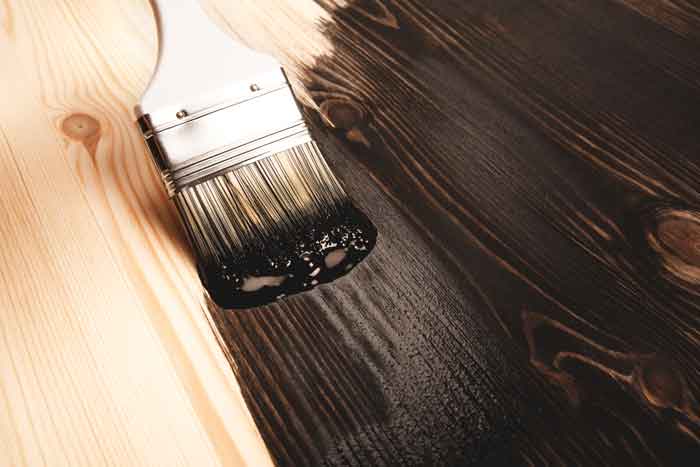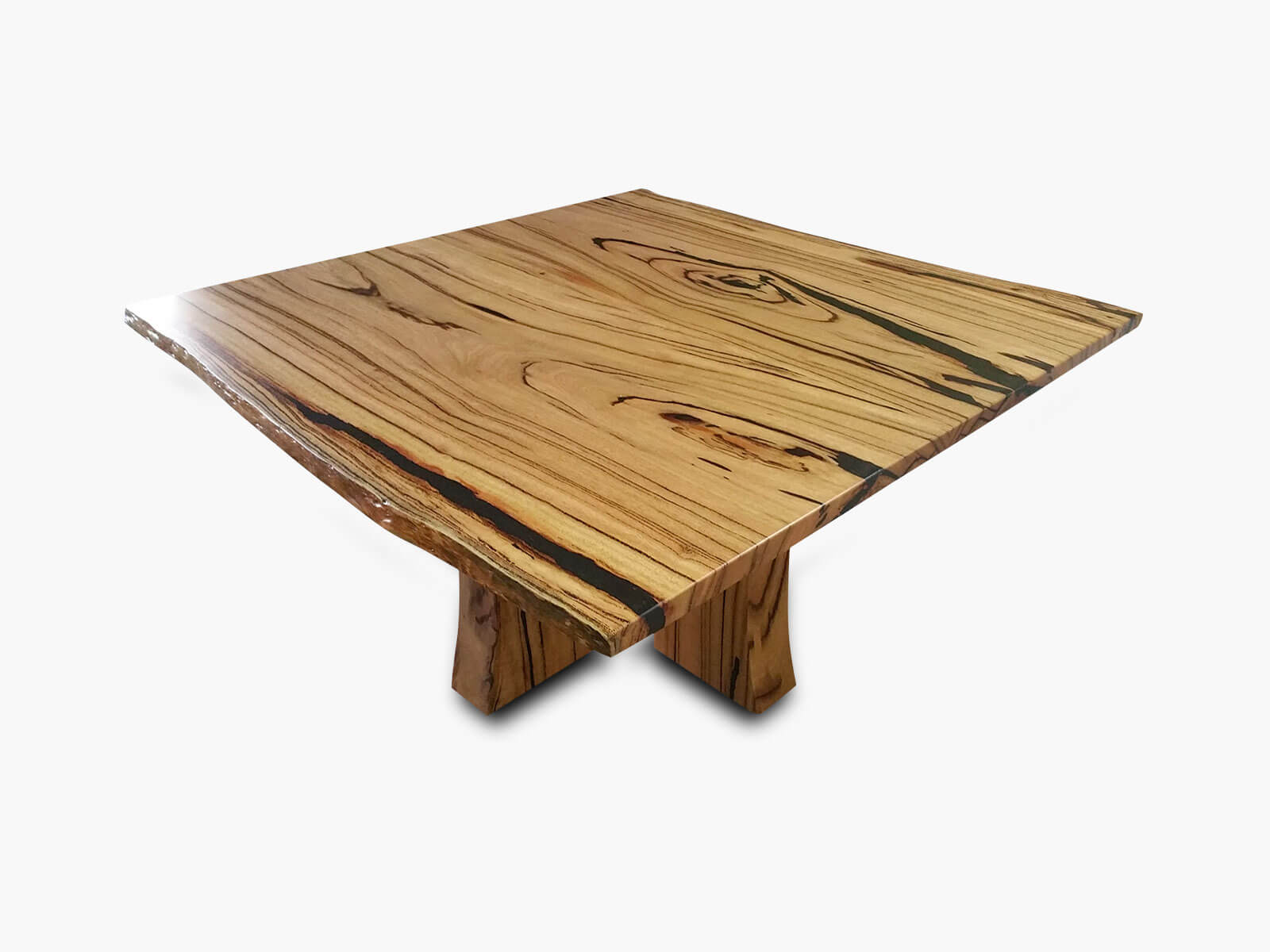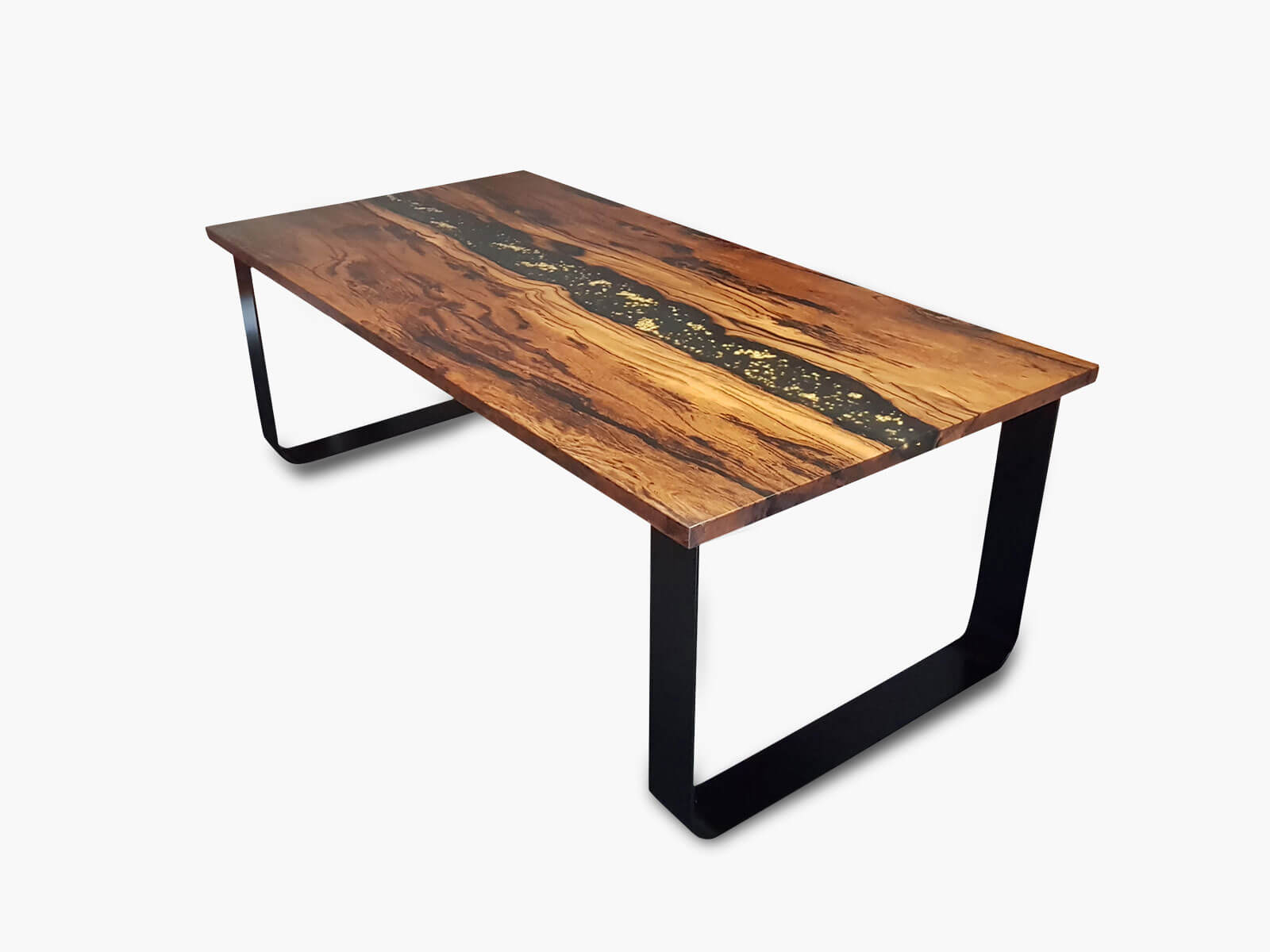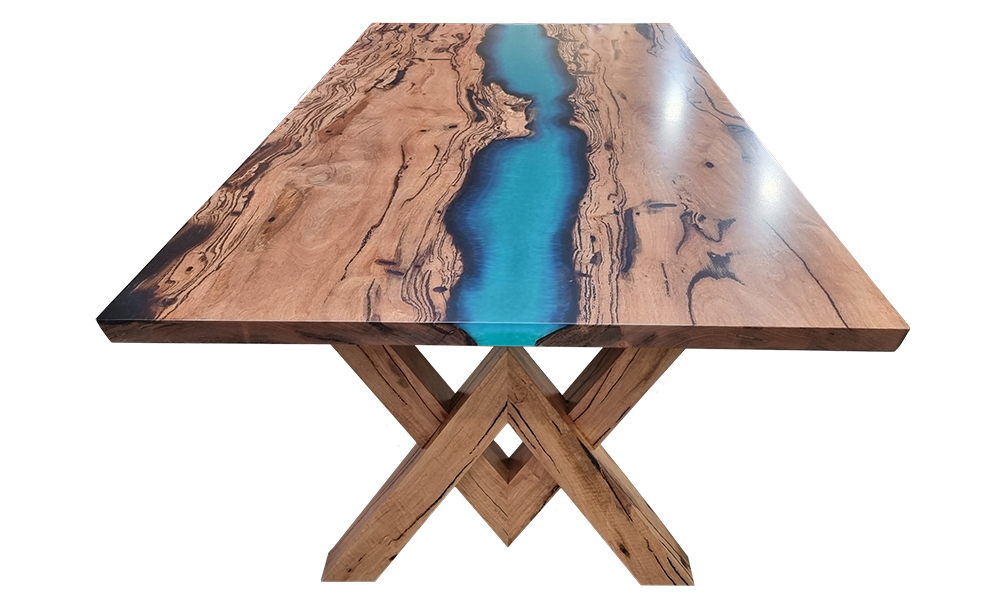How To Remove Stains From Wood

If you are looking to change up the appearance of your wooden furniture and provide an updated feel, then you will probably need to remove an old stain first. There are several ways to remove stains from wood, depending on the type of stain and the piece of furniture you are working on. Also, if there are any old accidental stains on your furniture, you will need to remove them as well before you can revamp the wood. In this article we have broken down all the important information you need to know about how to remove stains from wood, so that you can create your ideal piece of timber furniture
Removing Stains From Wooden Furniture:
Whether you are removing a deliberate wood stain so you can add a new one, or revamping the furniture by getting rid of unsightly accidental stains – it’s important to learn the correct way to remove particular stains from wood, so that you don’t damage your furniture. Luckily, there are some easy DIY tips that you can use to get rid of both accidental and deliberate wood stains.
How To Remove Wood Stains:
Oil Stain
When you think of wood stains, you are probably thinking of the oil variant. It’s the most popular and widely available type of stain, and you can use any conventional chemical wood stripper to remove it.
- => Cover the surface with the liquid or paste stripper, and make sure you add enough that it doesn’t dry quickly.
- => Leave it on for 15 minutes and then take a scraper and carefully remove the stripper and the oil stain from the wood.
- => Use a scraper that doesn’t have a sharp edge, and make sure to scrape with the grain of the wood.
Water-based Stain
These stains use the water-based finish for the binder, and are therefore less irritating to inhale and easier to clean up than oil stains. Unfortunately, they also require a rather tedious removal process.
- => You will need to sand the whole thing, and then brush off the dust and dirt.
- => Apply bleach to the sanded wood with a sponge.
- => Sponge the wood with vinegar to neutralise the bleach.
- => Do the same thing again, but with water. Make sure you don’t saturate the wood.
- => Leave for 48 hours.
- => Sand the wood once more and brush it clean.
Gel Stain
Gel stains are oil-based, thick in consistency, and can be quite messy to apply. They also prevent uneven colouring on wood, which is why they are gaining popularity. Gel stains are removed by mineral spirits, so it’s a bit easier and less stressful to remove this existing stain.
- => If the stain is sealed you will need to scrape away the sealant with a paint stripper first.
- => Then use a lint-free rag to scrub the wood with a mineral spirit.
- => Scrub the wood until the gel stain dissolves.
How To Remove Accidental Wood Stains:
Heat Stains
Heat stains appear as white marks, and are usually created by placing a hot drink on the surface of your coffee table or dining table. If you accidentally didn’t use a coaster and are panicking about ruining your beautiful wooden table – don’t worry, here is the easy way to remove heat stains from wood:
- => Mix non-gel toothpaste and bicarbonate of soda together to make a paste.
- => Rub the paste into the stain with a cloth until it becomes warm.
- => Wipe clean with a clean, damp cloth.
- => Dry the wood quickly, you can even use a hairdryer on low heat.
- => Revitalise the wood with oil or varnish.
Water Stains
If you leave a cold glass of water on your wooden table, the condensation that drips onto the surface can create a water stain. Luckily, you probably have the necessary items to fix it in your house right now.
- => Salt: Mix salt with enough water to make a paste, and then add a few drops to the stain. Rub it in and then wipe off with a clean cloth.
- => Vaseline: Gently dab some onto the water stain and then leave overnight. Clean it off in the morning with a cloth.
- => Mayonnaise: Due to its high oil content, mayonnaise is ideal for removing water marks. Dab some onto the stain and leave for a few hours, then wipe off – don’t attempt this on a hot day, as it can go rancid.
Dark Stains
Dark stains are usually long-forgotten substances that have been spilt onto your wooden furniture, such as wine, pasta sauce, ink or dye. Before trying anything else, use a cloth and dish washing liquid, just in case.
- => The first option to remove dark stains is to rub them with a paste of white vinegar and bicarbonate of soda, and then wipe off with a damp cloth.
- => If the other options don’t work, use a specialist wood bleach for these tough dark stains. Just dab it onto the stain, leave for half an hour, and then wipe it off.
Removing Stains From Different Types Of Wooden Furniture:
It’s a good idea to consult a professional if you are unsure of the correct way to remove stains from your wooden furniture. This is especially important with antique furniture, as it’s more delicate and can be easily damaged. So if you have a dresser that’s a family heirloom, perhaps talk to an expert before you attack the wood with a scrubbing brush.
Be careful when you are removing stains from oiled wooden furniture as well, as it has to be treated gently in order to retain its shine. Some specialty wood like wicker and rush can be damaged as well if you use too much liquid when cleaning it. For more details on cleaning, feel free to check out our other guide on cleaning timber furniture.
If you’re looking for an expert’s advice on how to remove stains from wood, then the experienced team at Jarrimber is here to help. We are professional timber furniture manufacturers, and can also offer you high-quality wooden furniture to replace any pieces which are too far gone. Contact us today on 0403 660 945 or leave us a message online.
Share This




